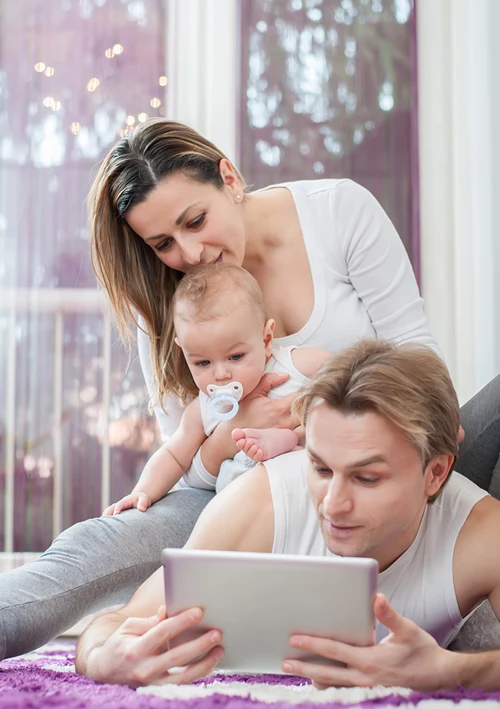Why Moms Deserve Their Dream Wedding Too: A Guide to Planning Stress-Free Celebrations
Moms often put everyone else first—but it’s time for them to shine. Whether it’s a wedding missed due to life’s demands or a vow renewal to honor lasting love, moms deserve a celebration that centers their joy. Every mom’s journey is unique and so should be her celebration.
Whether she’s planning a long-awaited wedding or a vow renewal after years of partnership and parenting, this guide is designed to empower and uplift.
Embracing a Second Chance at “I Do”
It’s easy for moms to sideline personal dreams while raising kids. But love isn’t just for newlyweds—it’s a story that evolves. A dream wedding or vow renewal isn’t frivolous—it’s a moment of identity reclamation, where motherhood and selfhood unite in celebration.
Many moms skipped formal weddings due to finances, pregnancy, or simply the chaos of early parenting. A second chance can offer emotional closure and a memory worth cherishing.
Reclaiming the Vision: Make Weddings Mom-Centered
Planning a meaningful celebration starts with vision. Moms should feel free to define what “dream” means to them—whether that’s barefoot on a beach, a backyard brunch, or a ballroom affair.
Start by journaling or mood-boarding to reconnect with what brings joy. Don’t default to what others expect. Involve close family in early planning conversations to establish supportive roles and avoid unsolicited opinions later.
Stress‑Free Planning Strategies
Motherhood teaches multitasking, but a wedding planning checklist doesn’t need to be another stressful job. Empowered moms delegate and set clear planning boundaries.
Delegate smartly: Enlist help from friends or family with specific strengths (e.g., tech-savvy siblings can manage RSVPs)
Hire wisely: If budget allows, hire a planner or day-of coordinator
Set timelines early: Avoid crunch-time decisions by scheduling tasks across several months
Use planning tools: Apps and printable checklists reduce decision fatigue
For guidance, resources like The Knot’s wedding timeline tool provide structured support that eases overwhelm.
Including Kids (Without Letting Them Steal the Show)
Involving kids in the ceremony can be beautiful, but balance is key. Let the wedding reflect family unity without overshadowing the couple’s bond.
Ideas include:
Mini officiants or speech-givers
Custom vows that include children
Family sand-pouring or tree-planting ceremonies
Still, plan ahead for naps, snacks, or supervision—especially for younger children. Quiet activity kits or a designated “kid whisperer” can save the day.
Personalization Ideas for Dream Weddings or Renewals
A celebration after motherhood invites deeper meaning. Personalize your day with elements that reflect your story.
Custom rituals: Think handfasting, unity candles, or letters for future anniversaries
Personal attire: Wear your original wedding dress altered for today—or buy something bold and new
Venue variety: Choose meaningful places like where you first met, or even your home garden
A resource like Bridal Musings offers ideas for meaningful and modern ways to personalize ceremonies.
Budgeting for a Mom-First Celebration
Celebrations don’t have to break the bank to be breathtaking. Plan based on what truly matters to you.
Spend where it counts: Splurge on lasting memories like photography or sentimental keepsakes
Save smartly: DIY décor or home-cooked receptions can be charming and affordable
Use what you have: Repurpose décor from your home, borrow attire, or use seasonal flowers
Create a vision board focused on feelings—not just aesthetics. This helps clarify priorities when budgeting.
Bridal Dress Inspiration for Moms Reclaiming Their Spotlight
Your bridal dress should reflect the woman you are today—experienced, resilient, beautiful. Whether it’s your first wedding or a vow renewal, your gown should feel like a celebration of your identity, not a reenactment of youth.
Start by considering what makes you feel confident and comfortable. Today’s bridal fashion embraces all body types and ages, allowing moms to find a look that aligns with their personal taste and lifestyle. You don’t need to wear white or stick to traditional silhouettes—unless that’s what makes you feel radiant.
Some popular choices for moms include:
- Elegant A-line or empire waist dresses that offer grace and comfort
- Lace sheath dresses for a classic, romantic look
- Jumpsuits or two-piece sets for modern, bold brides
- Tea-length or midi dresses that are stylish and practical for active celebrations
Don’t hesitate to explore collections that cater specifically to mature brides or mothers. These designs often feature sophisticated cuts, sleeves, flattering necklines, and luxurious fabrics. When shopping, prioritize retailers or top bridal gown studios like House of Ivory with expertise in inclusive bridalwear, or browse online collections that highlight bridal gowns for moms looking to blend tradition and self-expression.
Read More: 30 Stunning Wedding Dresses for Older Brides
The Big Day: Calm, Connected, Celebrated
Your wedding or renewal should feel like a deep breath, not a marathon. Appoint a trusted friend or coordinator to oversee logistics and give yourself permission to just be present.
Plan for:
Moments of pause: Meditate or stretch in the morning
Comfort rituals: Play music, wear cozy shoes, keep water nearby
Reflection: Consider writing a private letter to your past or future self—this isn’t just a party, it’s a milestone
Let love lead every decision. Whether it’s laughter with kids on your lap or slow dancing with your partner under the stars, it’s your day to remember.
Conclusion
Moms deserve more than just “making do.” They deserve magic, meaning, and moments that are just for them. Whether it’s a long-delayed wedding or a vow renewal, there’s no expiration date on celebrating love—or reclaiming joy.
Empower yourself to plan without guilt, celebrate without compromise, and remember: you deserve your dream day just as much as anyone else.
FAQs
Q: Can I plan a wedding or vow renewal on a tight budget?
Yes! Focus on meaningful details and simplify where possible. Love doesn’t require luxury.Q: How do I involve older kids in a ceremony?
Older kids can share speeches, walk you down the aisle, or read poetry during the ceremony.Q: Is it selfish to plan a wedding as a mom?
Not at all. Celebrating yourself strengthens your sense of identity and models self-worth for your kids.Q: What if I want to skip tradition altogether?
Go for it! Your celebration can be as unique as your journey.Q: Are vow renewals as important as weddings?
Absolutely. Renewals honor enduring love and growth, and they’re just as meaningful.
Read about activities to keep kids entertained while mom gets wedding ready.










